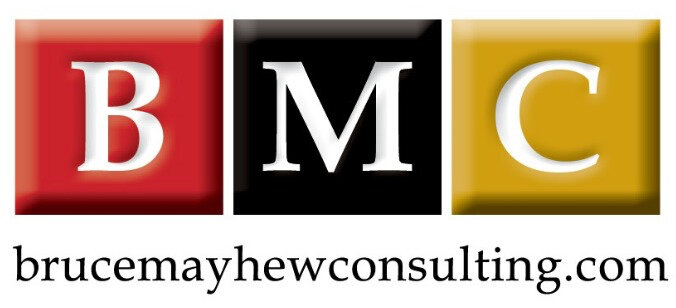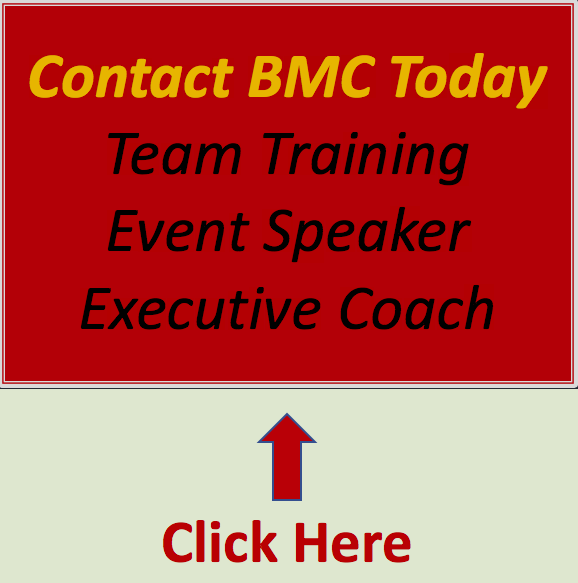An Introduction to Agile Project Management Methodology
/What is Agile Project Management?
Although it began to evolve in the 1970s and 1980s, Agile Project Management is still a somewhat new approach to project management. It differs from Traditional Project Management because it breaks large projects into smaller projects and expects changing priorities throughout very short development cycles called ‘Sprints’. A Sprint is often only 2 to 12-weeks long (although the trend is narrowing development times to 2 to 8-weeks).
Agile Project Management is a great solution when the business needs, customer needs and/or the competitive pressures require frequent change or when the business wants to experience the benefits of development investment more frequently. This is one reason why Agile is so common in software development environments. And while projects using an Agile Project Management methodology usually move faster and are more responsive to customer needs, each project should still be part of a larger development plan / vision and be respectful of the available people, time and other resources… not to mention other ongoing projects.
A Quick Look At Traditional Project Management
Traditional Project Management is often defined as having detailed start-to-finish planning with locked-down features and long development cycles… often between 6-months to multiple years. With Traditional the business usually doesn’t see tangible value until the end of the project.
If your goals are 100% defined and not likely to change then Traditional is a viable solution. Also, Traditional is still beneficial in environments that may be heavily regulated, heavily procedure-based, hierarchical workspaces and / or when a project plan can be used by other teams or locations over and over again. For example, construction is a common space using Traditional Project Management.
In many cases it doesn’t have to be all Agile or all Traditional. Many industries a combination of Agile Project Management and Traditional Project depending on the project.
A Few Of The Many Benefits of Agile:
Just about any project can use Agile. One key benefit of Agile Project Management is the fast delivery of development solutions. In addition, four core feature of Agile are:
Up-front input by customers on the scope of the development goals. This usually means solutions have the greatest chance to address the target customers’ needs.
Frequent and direct review by customers of the project teams success throughout project development.
A willingness of the project team to quickly adjust goals and tactics and refocus resources mid-project – usually in response to the mid-project feedback received from customers. Agile is always more focused on delivering customer value versus following a predefined project plan – so if change during a project is required, the team follows that path.
Because of shorter development cycles (or Sprints) the company, employees and the customers can all benefit from incremental upgrades and more frequent product releases rather than a less frequent but large-scale upgrade. This has multiple benefits for both the customer and organization. For example:
The company can be more responsive to change in technology and/or customer needs.
The company can benefit from quicker releases that make their customers happy and hopefully more loyal.
The company can benefit from earning ROI on development investment sooner.
Employees can quickly benefit from the experience and professional development they gain as they stay current with hardware and software trends.
Employees can benefit from networking with both customers, technology specialists and team members they many not otherwise meet.
Customers get quick access to competitive, timely solutions.
Customers and employees benefit from less steep learning curves that are often reflective of large-scale development releases / upgrades and therefore allow them to keep focusing on their day-to-day responsibilities.
More About Agile
With Agile Project Management, teams are self-empowered which changes a leader’s traditional roles and puts them more in-line with new leadership development trends where a leader’s responsibilities are 65%-80% soft skills. Agile leaders are (as all leaders should be), vocal ambassadors of the corporate direction, vision and values while they coach and mentor talent and make sure their teams have the resources they need. Agile Project Management leaders make sure the project and team expect changing requirements and adapt appropriately. And, Agile leaders must always support the overall Agile Project Management methodology within their hierarchy no matter how flat the organization may be. In short, the Agile leader sets the project goals and then empowers their diverse team / teams to find and build value-add, timely solutions that are in line with the company vision and values.
Within Agile Project Managment it is important everyone keep focused on ‘Keeping It Simple’. If things start getting complicated it is a sign to stop and re-evaluate. Not only is this one of the 12 principles of Agile (see below), it is the only way to create a sustainable path where teams go from idea to research to launch quickly. This includes documentation; Agile methodology takes less of a concern about detailed documentation than Traditional Project Management does and instead puts more emphasis on development and delivery of the agreed-upon goals.
Another important component of Agile is to be sure you hire and work with motivated individuals. And, because it is a highly motivating environment with short project timelines it’s also more important than ever that leaders be sure not to burn-out their high-performers. Project management is always about sustainability – even Agile Project Management is a long-race not a sprint. Also, Agile is not permission to multitask; in fact the methodology suggests try to not work on multiple things at a time.
While there are many pioneers who were instrumental in the early days of Agile Project Management, Jeff Sutherland & Ken Schwaber are two you may want to research to learn more. In addition, there are many methodologies within the Agile umbrella (Scrum and Kanban are most common), but in all cases the focus is to add incremental value throughout the project. For a good overview of Scrum versus Kanban visit this link.
Four Core Values Of Agile Project Management
There are four core values and 12 guiding principles connected with the Agile Project Management methodology. The four core values are:
Individuals and interactions over processes and tools
People first; maintaining a focus on the value added that people provide rather than relying on technology, tools and applications. This also should focus on supporting the team and assisting in collaborative cross-functional work-teams that have little to no hierarchical structure rather than silos.
Working software over comprehensive documentation
I admit I struggle with this one. Agile project management values result over documentation. The idea is to not weigh down the team or team members in paperwork – which is great, however tracking decisions and why decisions were made is important to provide historical relevance.
Customer collaboration over contract negotiation
As with any good design, keeping your customer – your end user in mind is critical. Agile Project Management maintains a commitment to involving internal or external customers throughout the development process to ensure their needs are addressed and effectively responding by making changes that address the client’s needs.
Responding to change over following a plan
Relevance and efficiency are critical to the Agile Project Management methodology; they are core purpose. This means change has to be accepted over adhering to a predetermined plan. Change is expected and embraced. For example, if your collaboration with your customer identifies a competitive need, it is expected that the plan be adapted to be able to quickly respond and reprioritize resources. This may be one of the largest differences to traditional project management. The beauty of Agile is that because iterations and/or projects are – by their nature small, frequent and with short timelines, adapting to change should much simpler than within a traditional project management cycle otherwise called waterfall project management.
Agile allows for continuous change throughout the life of any given project.
Key Agile Project Management Definitions:
Story: What the project leader / team wants to happen.
Backlog: Tasks or requirements that customers have identified and which will become solutions.
Scrum: The employees who will prioritize the backlog and be the Sprint Team. These cross-functional teams primary goal is to deliver a fully tested solution that is responsive to customer priorities in a short period of time.
Sprint Planning. Working with customers / end users where they prioritize the requirements out of the backlog that they believe they can deliver within the project plan timeline (usually 2 – 4 weeks).
Sprint / Sprint Development: The actual effort. During this time the Agile Board is used to track progress.
Agile Board: Where tasks and progress are tracked. Includes To Do, Development, Test and Release categories.
Daily Scrum Meeting: Short meetings (roughly 15-minutes), where everyone shares what everyone is doing, what they are going to do next and identify how they may be able to help out.
Demo: At the end of every sprint development is a demo to customers / end users who will give feedback – the feedback cycle makes development fast and effective.
Package & Release: Once it has been tested and goes to market.
Done Pile: which identified what requirements from the Backlog that have been completed
Retrospective: When the team looks at what has been done well and not well for future improvement. To also review the backlog that the customers prioritized and now begin planning on those Sprints.
Conclusion:
Agile Project Management is a value-driven project management strategy that consistently delivers high-priority and high-quality results in short periods of time. A key benefit of Agile is more satisfied customer because there is regular collaboration with target customers throughout the development process.
There is more, but I believe this introduction to Agile Project Management methodology gives you a good grasp of the basics… you have at least enough to get started if you wish. And remember, both Agile and Traditional Project Management have strengths and challenges.
About Bruce and Bruce Mayhew Consulting.
Bruce is Corporate Trainer and Executive Coach.
As a Corporate Trainer Bruce Mayhew (of BMC) specialize in customized Time Management Training, Email Etiquette Training, Leadership & New Leadership Development, Generational Differences and other soft skills training solutions in Toronto and across Canada. Bruce is also an Executive Coach to a few select clients.
BMC helps your greatest assets think productive and be productive.
Bruce is an experienced motivational speaker in Toronto and has inspired audiences across Canada and within the USA and the UK. Bruce works hard to always make sure your training event, conference, retreat, or annual general meeting is a success.




